The Ultimate Workflow Ecosystem: Design Tools That Transform Creative Professional Work
Building a seamless creative process with the right tools and strategies
The Modern Creative Professional's Challenge
I've spent years navigating the complex landscape of creative workflows, and I've found that today's design professionals face a unique set of challenges that can significantly impact productivity and creative output. The most pressing obstacles often aren't related to creative ability, but rather to workflow management.

The three core obstacles I consistently encounter in modern design workflows are:
- Email chaos: Feedback scattered across dozens of email threads, making it impossible to track changes and decisions effectively
- Fragmented feedback: Comments coming through multiple channels (Slack, email, text messages, verbal conversations) with no centralized record
- Disorganized asset management: Critical files stored across personal drives, cloud storage, and local machines with inconsistent naming conventions
The Ecosystem Approach
I've learned that the most effective solution isn't finding a single perfect tool, but rather creating a cohesive ecosystem of tools that work seamlessly together. When tools communicate effectively, they create workflows greater than the sum of their parts.
flowchart TD
subgraph "Creative Workflow Ecosystem"
A[Ideation Tools] -->|Concepts| B[Design Tools]
B -->|Drafts| C[Feedback Tools]
C -->|Revisions| B
B -->|Final Assets| D[Asset Management]
E[Project Management] -->|Coordinates| A
E -->|Tracks| B
E -->|Monitors| C
E -->|Organizes| D
F[Automation] -.->|Enhances| A
F -.->|Enhances| B
F -.->|Enhances| C
F -.->|Enhances| D
F -.->|Enhances| E
end
style A fill:#FF8000,color:white
style B fill:#FF8000,color:white
style C fill:#FF8000,color:white
style D fill:#FF8000,color:white
style E fill:#FF8000,color:white
style F fill:#FF8000,color:white
I've observed a fundamental shift in how creative teams operate, moving from linear handoff processes to deeply collaborative approaches where multiple team members contribute simultaneously. This shift demands tools that support real-time collaboration and transparent workflows.
Visualizing the Workflow
In my experience, visualizing your workflow is just as important as visualizing your design concepts. When team members can see how their work fits into the broader process, collaboration becomes more intuitive and bottlenecks become immediately apparent.
By mapping out your creative process visually, you create a shared understanding that helps everyone align their efforts. This is where tools like real-time visual collaboration tools become invaluable, allowing teams to not only see the end product but also the journey to get there.
Foundation Tools: Ideation and Concept Development
I always start my creative process with visual brainstorming. The right ideation tools transform abstract concepts into structured visual plans that can be easily communicated and refined.
Visual Brainstorming Platforms
| Platform | Best For | Key Features | Limitations |
|---|---|---|---|
| Milanote | Visual planning & mood boards | Drag-and-drop interface, collaborative workspace | Limited free version |
| Miro | Team collaboration & workshops | Infinite canvas, multiple templates | Can become cluttered with large teams |
| FigJam | Designer-focused collaboration | Tight Figma integration, design-oriented tools | Less robust for non-design content |
| PageOn.ai | AI-enhanced visual planning | Vibe Creation, AI Blocks, Deep Search | Learning curve for AI features |
When comparing platforms like Milanote to alternatives, I look for a clutter-free canvas that won't distract from the creative process. The ideal tool provides enough structure to organize thoughts without imposing rigid frameworks that limit creative exploration.
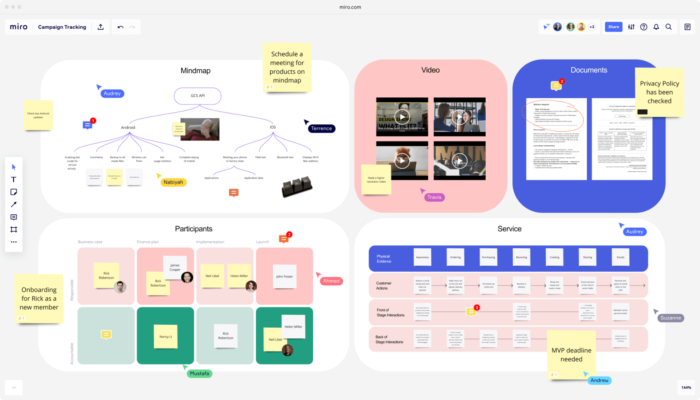
AI-Assisted Concept Generation
I've found that incorporating AI art tools into my ideation process allows me to rapidly generate concept variations without technical barriers. This approach is particularly valuable when exploring multiple directions simultaneously or when facing creative blocks.
PageOn.ai's Vibe Creation feature has transformed how I approach initial concept development. I can now articulate complex visual concepts through simple conversation with the AI, which then generates visual representations that capture the essence of my ideas. This bridges the gap between abstract thinking and concrete visualization, allowing me to iterate more quickly.
Core Design Tool Integration Strategies
In my professional workflow, I've found that the seamless integration between design tools is essential for maintaining momentum and creative flow. Creating bridges between Adobe Creative Suite, Figma, Sketch, and Canva allows me to leverage the strengths of each platform without getting bogged down in technical transitions.
flowchart TD
subgraph "Design Tool Ecosystem"
A[Adobe Creative Suite] -->|Export/Import| B[Figma]
B -->|Export/Import| A
A -->|Export/Import| C[Sketch]
C -->|Export/Import| A
A -->|Export/Import| D[Canva]
D -->|Export/Import| A
B -->|Export/Import| C
C -->|Export/Import| B
B -->|Export/Import| D
D -->|Export/Import| B
C -->|Export/Import| D
D -->|Export/Import| C
E[PageOn.ai] -->|AI Blocks| A
E -->|AI Blocks| B
E -->|AI Blocks| C
E -->|AI Blocks| D
end
style A fill:#FF8000,color:white
style B fill:#FF8000,color:white
style C fill:#FF8000,color:white
style D fill:#FF8000,color:white
style E fill:#FF8000,color:white
One of my most effective strategies has been creating custom asset libraries that travel across platforms. By maintaining consistent naming conventions and organizing assets in a platform-agnostic way, I can quickly access the resources I need regardless of which tool I'm using.
Leveraging AI Blocks for Cross-Platform Design
I've revolutionized my workflow by using PageOn.ai's AI Blocks to quickly assemble visual components without rebuilding from scratch. This approach allows me to maintain design consistency across platforms while significantly reducing production time.

The modular nature of AI Blocks means I can create components once and reuse them across multiple projects and platforms, ensuring consistency while maintaining flexibility.
Case Study: Integrated Tool Ecosystem
In a recent project with a design team I led, we implemented an integrated tool ecosystem that reduced production time by 40%. Here's how we structured our workflow:
- Ideation: Started in Milanote for mood boards and concept development
- Initial Design: Moved to Figma for wireframing and collaborative design
- Production: Transitioned to Adobe Creative Suite for detailed production work
- Review: Used PageOn.ai to gather and visualize feedback
- Finalization: Returned to Adobe for final touches and asset preparation
By creating clear handoff processes between each tool and using visual communication for designers to document our workflow, we eliminated the usual friction points and maintained creative momentum throughout the project.
Feedback and Approval Workflow Optimization
In my experience, the feedback and approval process is often where creative projects stall. I've found that transforming this potential bottleneck with visual collaboration platforms can dramatically improve project velocity while maintaining quality standards.
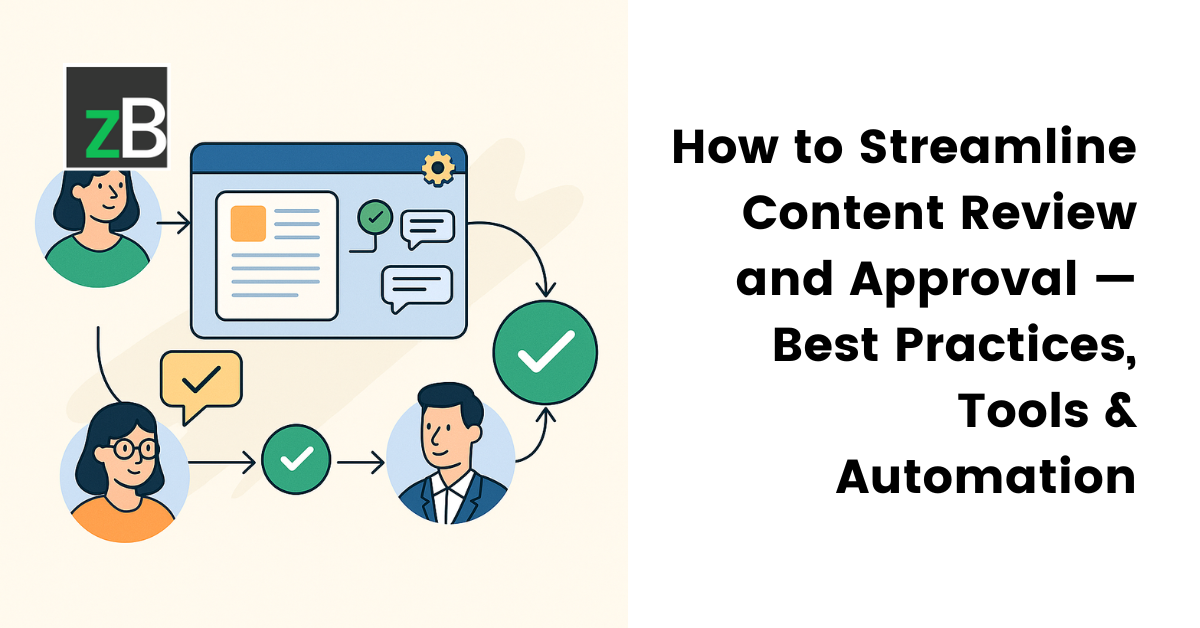
Moving Beyond Email Chains
I've completely transformed my feedback process by moving away from email chains to consolidated feedback systems. These platforms preserve creative intent by keeping comments in context with the visual assets they reference.
Key Benefits of Consolidated Feedback Systems:
- All comments remain attached to specific elements of the design
- Version history is clearly tracked and accessible
- Stakeholders can see each other's feedback, reducing contradictory directions
- Decisions and approvals are documented in one place
- Contextual references remain visible throughout the review process
Tools like PageProof, Filestage, and PageOn.ai provide structured environments where feedback becomes a collaborative process rather than a series of disjointed communications.
Structuring Review Cycles
I structure my review cycles to maximize efficiency without sacrificing quality by following a clear process:
flowchart TD
A[Internal Team Review] -->|Refinement| B[Department Lead Review]
B -->|Refinement| C[Stakeholder Review]
C -->|Minor Changes| D{Approval Decision}
D -->|Approved| E[Final Delivery]
D -->|Changes Needed| F[Categorize Feedback]
F -->|Minor Changes| G[Quick Updates]
F -->|Major Changes| H[Schedule Revision Sprint]
G --> A
H --> A
style A fill:#FF8000,color:white
style D fill:#FF8000,color:white
style E fill:#FF8000,color:white
This structured approach ensures that each level of review serves a specific purpose and that feedback is appropriately categorized for efficient implementation.
Deep Search for Reference Materials
During review discussions, I use PageOn.ai's Deep Search to instantly find relevant reference materials. This feature has transformed how I handle feedback by allowing me to immediately pull up examples, previous versions, or inspiration pieces that clarify the direction we want to take. By visually reinforcing feedback with concrete examples, we reduce misunderstandings and accelerate the revision process.
Asset Management Systems for Creative Professionals
Effective asset management has been transformative for my creative process. I've found that the right system not only helps me find what I need quickly but also inspires new combinations and applications of existing assets.
Organizing the Digital Asset Library
Through years of refinement, I've developed tagging strategies and folder structures that actually work in practice, not just in theory:
Effective Tagging Strategies
- Use consistent tag hierarchies (primary, secondary, descriptive)
- Include both visual descriptors (blue, gradient, minimalist) and functional tags (header, icon, background)
- Add project codes to quickly filter by client or campaign
- Tag with both specific (Q4_Campaign) and evergreen (Brand_Asset) identifiers
- Include creator and creation date tags for attribution
Folder Structure Best Practices
- Limit folder nesting to 3-4 levels maximum
- Separate working files from final deliverables
- Create an "Archive" folder for outdated but potentially useful assets
- Use consistent naming conventions (client_project_assettype_version)
- Include a "Templates" folder at the top level for frequently used starting points
Cloud-Based Solutions
I've found that cloud-based asset management solutions offer the best balance of accessibility and version control. When evaluating these systems, I consider:
Each solution offers different strengths, and I select the appropriate system based on team size, project complexity, and budget constraints.
The Minimalist Approach to Asset Management
For smaller teams or independent creators, I often recommend a minimalist creator toolkit approach to asset management. This focuses on:
- Using fewer, more versatile assets
- Implementing strict file naming conventions
- Leveraging cloud storage with robust search capabilities
- Creating a "core assets" collection of frequently used elements
- Regular archiving of unused or outdated materials
This streamlined approach reduces overhead while maintaining efficiency, particularly for freelancers and small studios.
Visualizing Asset Relationships
One of the most powerful features I've found in PageOn.ai is its ability to help visualize complex asset relationships and dependencies. This visual mapping has transformed how I understand and manage my asset library.
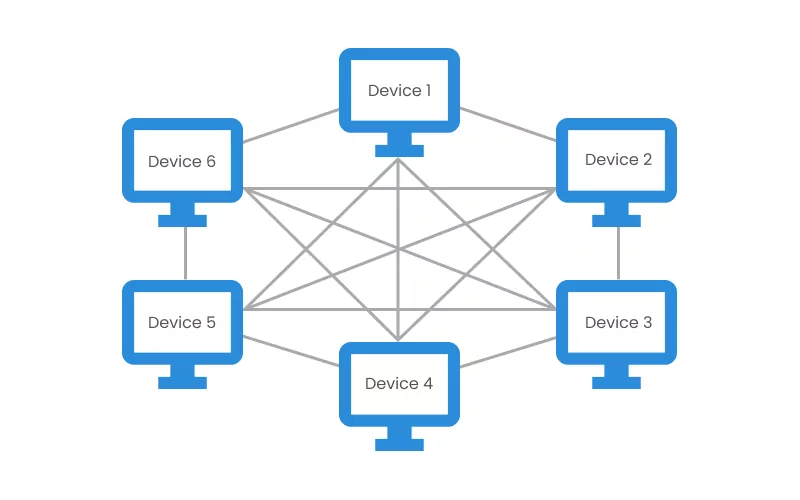
By seeing how assets connect and depend on each other, I can make more informed decisions about updates, identify reusable components, and ensure consistency across projects.
Project Management Tools Tailored for Visual Thinkers
I've found that creative teams have unique project management needs that differ from traditional development or business teams. The tools that work best for visual thinkers emphasize spatial organization, visual progress tracking, and flexibility.
Comparing Project Management Platforms
| Platform | Visual Strength | Best For | Design Integration | Customization |
|---|---|---|---|---|
| Monday.com | Color-coding, status visuals | Complex workflows | Medium | High |
| SmartSuite | Visual databases, galleries | Asset-heavy projects | High | Very High |
| Trello | Kanban, card-based | Simple workflows | Low | Medium |
| Asana | Timeline, board views | Team coordination | Medium | Medium |
| ClickUp | Multiple views, dashboards | All-in-one solution | High | Very High |
My experience with Monday.com has been particularly positive for creative teams due to its highly customizable workflow management and visual approach to project tracking.
Visual Project Tracking Approaches
I've implemented various visual tracking methods for different types of creative projects:
Kanban
Best for: Projects with clear workflow stages
- Visualizes work moving through stages
- Highlights bottlenecks
- Limits work-in-progress
- Works well for iterative design
Gantt
Best for: Timeline-driven campaigns
- Shows dependencies clearly
- Visualizes critical path
- Tracks milestones effectively
- Good for launch-oriented projects
Hybrid Approach
Best for: Complex creative projects
- Combines timeline with status tracking
- Allows multiple visualization options
- Adapts to changing project needs
- Supports both planned and agile work
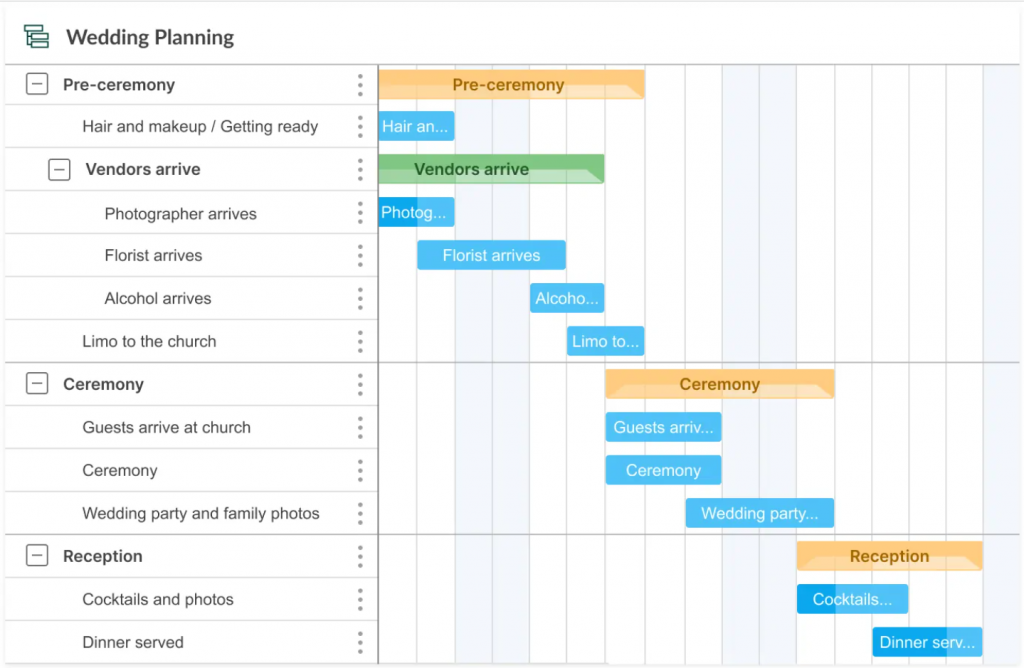
Customizing Templates for Creative Disciplines
I've learned that different creative disciplines benefit from customized project templates that reflect their unique workflows:
- Graphic Design: Templates with emphasis on review cycles and version tracking
- Video Production: Templates that break down pre-production, production, and post-production phases
- UX Design: Templates that incorporate user testing phases and feedback integration
- Content Creation: Templates with editorial calendars and distribution planning
By starting with discipline-specific templates, I save significant setup time while ensuring all critical workflow stages are accounted for.
Integrating Time Tracking
Tracking time without disrupting creative flow has always been a challenge. I've found success with these approaches:
- Using background time trackers that automatically detect active applications
- Implementing simple start/stop timers integrated directly into project management tools
- Creating time entry templates for common tasks to speed up logging
- Setting time-block schedules with built-in buffer periods
- Using visual time reports to identify patterns and optimize creative periods
Tools like Toggl integrate well with most project management platforms and provide the right balance of accuracy and ease of use.
Automation and Integration: The Workflow Multiplier
I've found that strategic automation is the secret weapon of productive creative professionals. By identifying and automating routine tasks, I free up mental space and time for truly creative work.
Key Automation Opportunities
flowchart TD
subgraph "Automation Opportunities"
A[File Organization] -->|Automated| B[Naming & Tagging]
C[Feedback Collection] -->|Automated| D[Notification & Reminders]
E[Repetitive Design Tasks] -->|Automated| F[Template Application]
G[Status Updates] -->|Automated| H[Reporting]
I[Asset Export] -->|Automated| J[Format Conversion]
K[Client Communication] -->|Automated| L[Update Delivery]
end
style A fill:#FF8000,color:white
style C fill:#FF8000,color:white
style E fill:#FF8000,color:white
style G fill:#FF8000,color:white
style I fill:#FF8000,color:white
style K fill:#FF8000,color:white
Each of these automation points represents hours saved weekly that can be redirected to high-value creative work.
Integration Tools for Design Processes
I rely on Zapier and other integration tools to create seamless connections between my design applications and project management systems. Some of my most valuable integrations include:
Asset Management Integrations
- Automatically tagging new uploads based on file properties
- Creating project folders when new projects are initiated
- Syncing assets between cloud storage and local working directories
- Generating thumbnails and previews for quick browsing
Workflow Integrations
- Creating design tasks from client briefs or emails
- Notifying team members when files are ready for review
- Updating project status when deliverables are uploaded
- Logging time entries based on active design applications

Custom Workflow Triggers
I've developed custom workflow triggers that respect creative processes rather than imposing rigid automation. These triggers are designed to support rather than interrupt the creative flow:
- Milestone-based triggers: Automations that activate when a design reaches a specific stage
- Time-sensitive triggers: Automations that respect focus time and only activate during designated periods
- Context-aware triggers: Automations that adapt based on project type or client
- Opt-in triggers: Automations that suggest actions but require confirmation
This approach ensures that automation serves the creative process rather than forcing creators to adapt to rigid systems.
PageOn.ai's Agentic Capabilities
I've been particularly impressed with how PageOn.ai's Agentic capabilities can automate routine visual tasks while preserving creative control. Some of the most valuable automations include:
- Automatically generating visual design templates based on brand guidelines
- Creating variations of designs with different color schemes or layouts
- Extracting and organizing visual elements from complex designs
- Suggesting visual improvements based on design principles
- Preparing assets for different platforms with appropriate dimensions and formats
These automations handle the technical aspects of design work while leaving the creative decisions firmly in human hands.
Building Your Personal Creative Tech Stack
After years of experimenting with different tools and workflows, I've developed a framework for evaluating which tools actually enhance my specific creative process rather than just adding complexity.
Assessment Framework
This assessment framework helps me evaluate potential tools against an ideal profile, considering factors beyond just features to focus on real workflow impact.
Balancing Power vs. Simplicity
I've found that the most effective tools strike the right balance between powerful features and simplicity of use. This balance varies depending on:
- The complexity of projects you typically handle
- The size of your team and collaboration needs
- Your personal working style and preferences
- The learning resources available to you
- The specific demands of your creative discipline
For example, while Adobe Creative Suite offers tremendous power, I sometimes opt for simpler tools like Canva for quick projects where speed outweighs advanced capabilities.
Budget Considerations
I've built effective creative tech stacks at various budget levels, from free tools for beginners to premium solutions for established professionals:
| Category | Free Option | Freemium Option | Premium Option |
|---|---|---|---|
| Design Tool | GIMP, Inkscape | Canva, Figma | Adobe Creative Suite |
| Ideation | Miro (limited) | Milanote | PageOn.ai |
| Project Management | Trello | ClickUp | Monday.com |
| Asset Management | Google Drive | Dropbox | Enterprise DAM |
| Feedback | Google Docs | Markup.io | PageProof |
I recommend starting with free tools to establish workflows, then strategically upgrading to premium options in areas where you'll see the greatest productivity gains.
Real-Time Visual Collaboration
One of the most transformative additions to my workflow has been implementing real-time visual collaboration tools that enable synchronous creative work regardless of physical location.
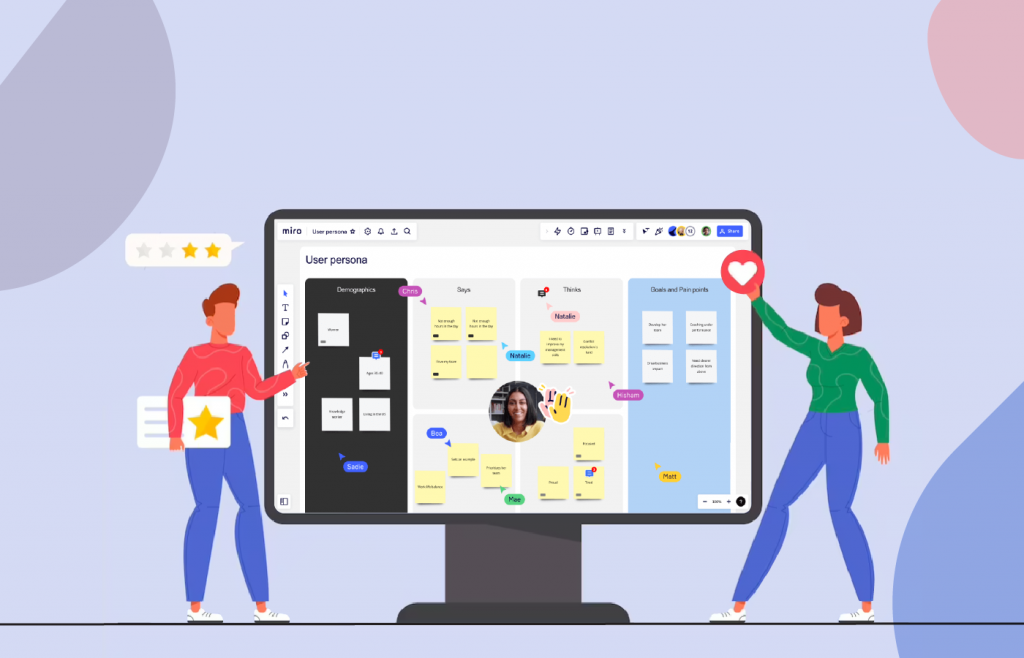
These tools have fundamentally changed how teams create together, breaking down geographical barriers and enabling truly collaborative design processes.
Transform Your Visual Expressions with PageOn.ai
Ready to revolutionize your creative workflow with AI-powered visualization tools? PageOn.ai integrates seamlessly with your existing tools while adding powerful capabilities for ideation, asset management, and visual collaboration.
Start Creating with PageOn.ai TodayBuilding Your Optimal Creative Workflow
Throughout this guide, I've shared the essential tools and strategies I've developed over years of professional creative work. The key to an effective workflow isn't just selecting individual tools, but creating a cohesive ecosystem where each component enhances the others.
As you build your own workflow ecosystem, remember that the goal is to support your creative process, not complicate it. Start by addressing your most significant pain points, then gradually expand your toolkit as your needs evolve.
For visualizing complex creative processes and transforming abstract ideas into clear visual expressions, I've found PageOn.ai to be an invaluable addition to my workflow. Its ability to bridge the gap between concept and visualization while integrating with existing tools makes it a powerful centerpiece for any creative tech stack.
The most effective workflow is one that feels almost invisible, allowing you to focus on the creative work itself rather than the tools supporting it. By thoughtfully selecting and integrating the right tools for your specific needs, you can create a workflow that enhances your creativity rather than constraining it.
You Might Also Like
Advanced Shape Effects for Professional Slide Design | Transform Your Presentations
Discover professional slide design techniques using advanced shape effects. Learn strategic implementation, customization, and optimization to create stunning presentations that engage audiences.
The Strategic GIF Guide: Creating Memorable Moments in Professional Presentations
Discover how to effectively use GIFs in professional presentations to create visual impact, enhance audience engagement, and communicate complex concepts more memorably.
Beyond Bullet Points: Transform Your Text with Animated Visuals | PageOn.ai
Discover how to transform static bullet points into dynamic animated visuals that boost engagement by 40%. Learn animation fundamentals, techniques, and AI-powered solutions from PageOn.ai.
The Art of Data Storytelling: Creating Infographics That Captivate and Inform
Discover how to transform complex data into visually compelling narratives through effective infographic design. Learn essential techniques for enhancing data storytelling with visual appeal.
